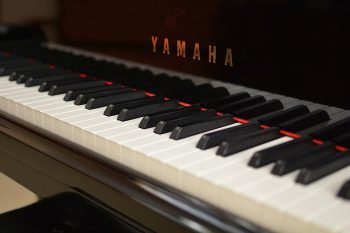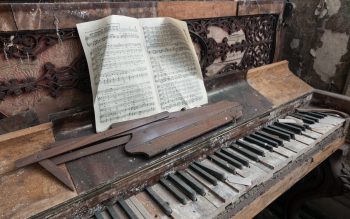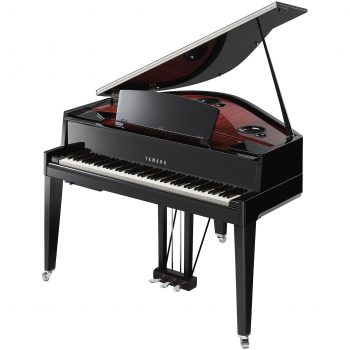 There are a few important rules of thumb to remember if you decide to buy a used acoustic piano:
There are a few important rules of thumb to remember if you decide to buy a used acoustic piano:
- When buying an acoustic piano, most of the time you get what you pay for. I am not saying that there is no bargain to be had, but most piano bargains you find on Craigslist or other classified ad sites are purely junks. Good piano bargains are quickly grabbed by dealers and piano re-builders. Hunting a piano bargain takes time and you must be knowledgeable about pianos and are willing to travel. What I am saying is don’t expect a $3,000 piano to sound and play like a $30,000 piano.
- Don’t fall into piano dealers’ selling tactics. Piano dealers have a reputation no better than car dealers, and they both utilize psychological tactics to push for sale. Remember this: pianos are always for sale but never on sale. The big selling event that ends tonight will still be there next week and next month.
- Unlike cell phones or cars, each acoustic piano has its own characteristics. No two acoustic pianos play and sound exactly the same even within the same brand and the same model. Therefore, it is very important to try out the piano before you buy and only buy the piano you have tried.
- Generally speaking, when buying an acoustic piano, the bigger the better. There are some exceptions, but those exceptions tend to be very expensive. If you are buying a vertical/upright piano, it is recommended that you buy one that is 48″ or taller. If you are buying a grand piano, it is recommended that you buy one that is at least 5’5″ (165 cm) long. This is only a recommendation, not a law.
- Do not buy a vertical piano that is shorter than 40″ height or so-called spinet piano. Do not buy a grand piano that is shorter than 4’10” (148 cm).
- Pianos are not hot-selling items. The piano you fell in love with at the dealer’s shop will still be there tomorrow and possibility next week. It is okay to sleep on the decision but don’t wait too long.
- Generally speaking, it is better to buy a used acoustic piano from a piano dealer or professional piano technician than from individuals. Most piano dealers and professional piano technicians will make repairs and tune the pianos for sale and they offer warranty between 1 to 10 years for used pianos bought from them.
- If you decide to buy a used piano from an individual, it is highly recommended that you hire a professional piano technician (find a professional piano technician here) to check out the piano before you buy.
- Don’t forget to include the cost of piano moving and piano bench in your negotiation. If you buy from a piano dealer or piano technician, you can also ask for one-time free piano tuning.
- If you buy from a piano dealer or piano technician, the seller will usually arrange the delivery. If you buy from an individual, please hire an insured professional piano mover to move the piano. Do not hire a regular moving company to move the piano.
This is one of the articles in a series called “Piano Buying Guide for Parents of Young Students“. You can find other articles of the series through this link.
 If you plan to buy a digital piano, I would recommend you buy new. As I said previously, digital pianos need no maintenance but it is also irreparable when they break down. Instead of saving a few hundred dollars buying a used digital pianos that may break down at anytime, you should just buy a new one with manufacturer warranty.
If you plan to buy a digital piano, I would recommend you buy new. As I said previously, digital pianos need no maintenance but it is also irreparable when they break down. Instead of saving a few hundred dollars buying a used digital pianos that may break down at anytime, you should just buy a new one with manufacturer warranty. Be very wary of those so-called free pianos on Craigslist or any other classified ad sites. Why? Because nothing is free especially for a piano. Let me break down the cost of a free piano:
Be very wary of those so-called free pianos on Craigslist or any other classified ad sites. Why? Because nothing is free especially for a piano. Let me break down the cost of a free piano: Digital pianos do have advantages over acoustic pianos in a few areas:
Digital pianos do have advantages over acoustic pianos in a few areas: If you decide to buy a digital piano, make sure you buy a “digital piano” with 88 weighted keys and not a “digital keyboard.”
If you decide to buy a digital piano, make sure you buy a “digital piano” with 88 weighted keys and not a “digital keyboard.”